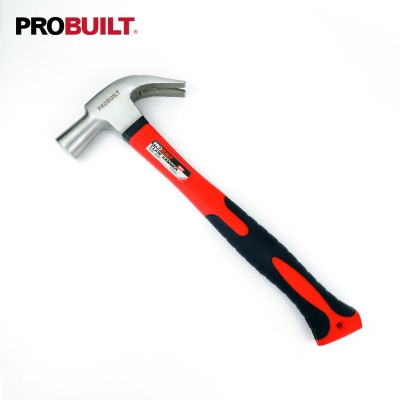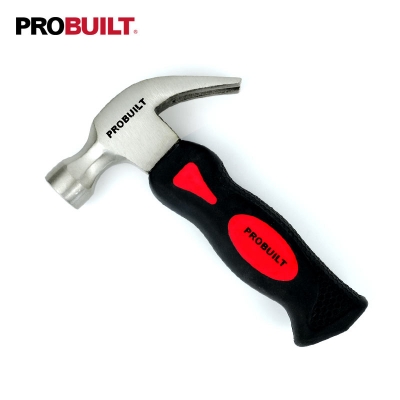+86 311 8533 5186
In general, a hammer is a tool or device that delivers a blow (sudden impact) to an object. Most hammers are hand tools used to drive nails, assemble parts, forge metal and break down objects. Hammers come in different shapes, sizes and configurations, depending on their use, and they are essential tools for many trades.
A hammer must go through a significant and precise manufacturing process to take on every challenge you give it. The entire manufacturing process follows 3 different manufacturing steps and the procedure must be followed correctly. If not properly maintained, the hammer head can fly off the handle, which will cause serious injury to anyone. Or even damage any other object.
The first step in the manufacture of a hammer is to make the head. Hammer heads are made by a process called hot forging, in which a bar is heated to 1,200 to 1,300 degrees Celsius. The hot bar is then cut into sections called blanks or continuously fed into a forging machine. The hot bar or billet is then pressed between two dies, which are solid steel plates with cavities like a mold. One die is fixed and the other die is attached to a plunger to force the metal into the shape of a hammerhead. This is usually done with several different shaped dies to align the metal inside the hammer head. Protruding fly edges (metal extruded from the edge of the die) are trimmed off, the hammer head is cooled, shot with steam, and then painted or coated with a sealer.
This step is to prepare the handle. Traditional hammers have wooden handles. A piece of wood is the main material for this step. The handle is made by cutting a piece of wood to the desired size and then fixing it on a lathe. The wood is then cut and trimmed until it has the proper shape and size for the particular hammer head, and a slit is cut along the top of the handle on the diagonal. After the carving process is complete, the handle is cleaned, sanded, and if desired, other treatments are applied, such as staining and painting. If the hammer has a steel core handle, the core is formed by heating the steel bar until it becomes plastic and forcing it through an opening with the desired cross-sectional shape. This process is known as extrusion. In either case, the core can have a protective plastic sheath molded around it.

For hammers with wooden handles, the assembly process is fairly simple. The handle is pressed upward into the bottom of the hammer head and into the area called the adze eye. A wooden wedge is placed in the diagonal slit of the handle and pushed in. The wedge forces the handle to expand inside the adze eye, creating friction that keeps the head firmly attached to the handle. Once the wood wedge is pushed in smaller, the steel wedge can be pushed longitudinally through the handle to provide some additional expansion as well as to hold the initial wood wedge in place.
If the hammer has a steel core, the handle is inserted up through the adze eye of the head. Liquid epoxy is then poured through the top of the hole to glue the handle in place. The handle is placed in a hollow mold with the rubber grip molded around its lower portion. A self-adhesive label can then be placed on the handle to display the manufacturer, brand name, or other information.

In addition to the normal visual inspection and dimensional measurements, various steps in the manufacturing process are monitored. Perhaps the most important step is the heat treatment used to harden the head section. The temperature and rate of heating and cooling are critical to developing the proper hardness, and the entire operation is strictly controlled.
Probuit Hammer Manufacturer offers a comprehensive range of striking tools - hammers,Our wide range of hammer tools are manufactured using quality raw materials such as carbon steel and iron Our product range is polished and hardened to ensure optimum strength. Our powerful range of hammers and mallets are designed with non-slip and comfortable fiberglass and steel handles. Please feel free to wholesale hammers from our factory. Contact us for more details.

Copyright © Sinotools Industrial All Rights Reserved.. Technical Support: